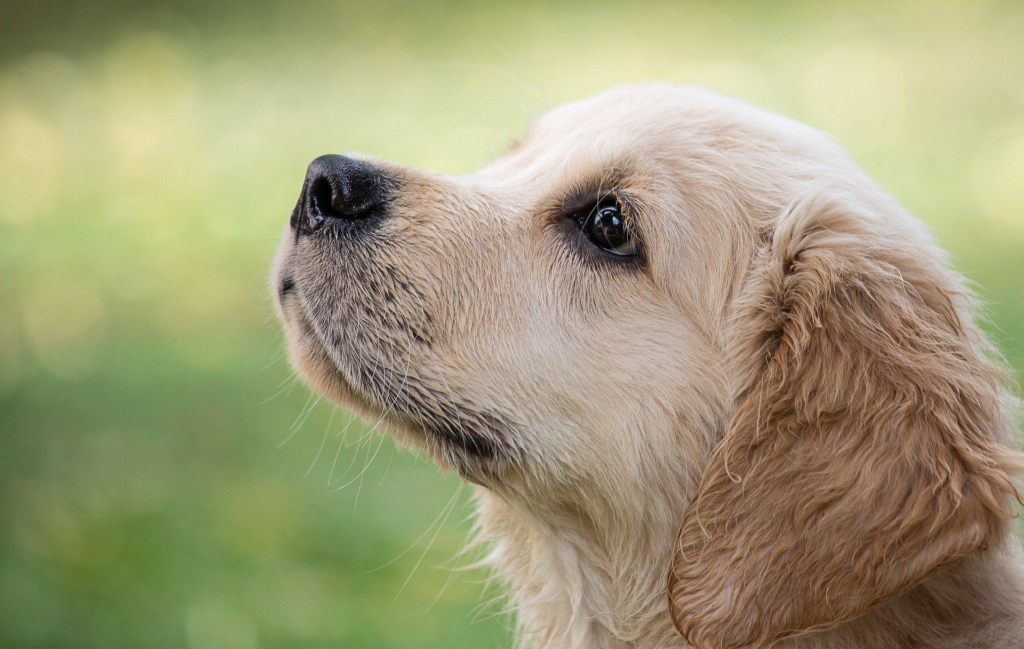
Papaya is a tropical fruit known for its delicious taste and numerous health benefits in humans. As a dog owner, you may be curious about whether it is safe to share papaya with your canine companion. In this article, we will delve into whether dogs can have papaya, its potential benefits, and important considerations to keep in mind.
Can Dogs Have Papaya?
Papaya can be a safe and nutritious addition to your dog’s diet when served in moderation. However, there are a few key factors to consider before offering papaya to your furry friend.
Benefits of Papaya for Dogs:
- Nutritional Content: Papaya is rich in essential vitamins and minerals, including vitamin C, vitamin A, potassium, and fiber. These nutrients can support your dog’s overall health and contribute to a strong immune system, healthy digestion, and improved skin and coat condition.
- Digestive Aid: Papaya contains an enzyme called papain, which aids in digestion by breaking down proteins. This enzyme can be beneficial for dogs with digestive issues or those prone to occasional bouts of indigestion. It may help alleviate symptoms such as bloating, gas, and upset stomach.
- Antioxidant Properties: Papaya is also a source of antioxidants, such as beta-carotene and lycopene, which can help neutralize harmful free radicals in the body. These antioxidants have potential anti-inflammatory properties and can contribute to overall cellular health.
Considerations for Feeding Papaya to Dogs:
- Portion Control: While papaya is generally safe for dogs, it should be offered in moderation as part of a balanced diet. Too much papaya can lead to digestive upset or loose stools due to its high fiber content. Start with small portions and observe your dog’s response before increasing the amount.
- Preparation and Serving: It is important to prepare papaya properly before offering it to your dog. Remove the skin, seeds, and any hard or unripe parts, as they can be difficult to digest or pose a choking hazard. Cut the papaya into bite-sized pieces to make it easier for your dog to consume.
- Allergies and Sensitivities: Like any food, some dogs may have individual allergies or sensitivities to papaya. Monitor your dog for any signs of an allergic reaction, such as itching, swelling, or gastrointestinal distress. If any adverse reactions occur, discontinue feeding papaya and consult your veterinarian.
- Precautions for Diabetic Dogs: Due to its natural sugar content, papaya should be given in moderation to dogs with diabetes or those prone to weight gain. Consult with your veterinarian to determine the appropriate portion size and frequency for your dog.
Papaya can be a healthy and tasty treat for your dog, offering essential nutrients, digestive support, and antioxidant benefits. However, it is crucial to feed papaya in moderation, remove any inedible parts, and monitor your dog for any adverse reactions. As always, consult with your veterinarian before introducing any new food into your dog’s diet, especially if they have any underlying health conditions or dietary restrictions.